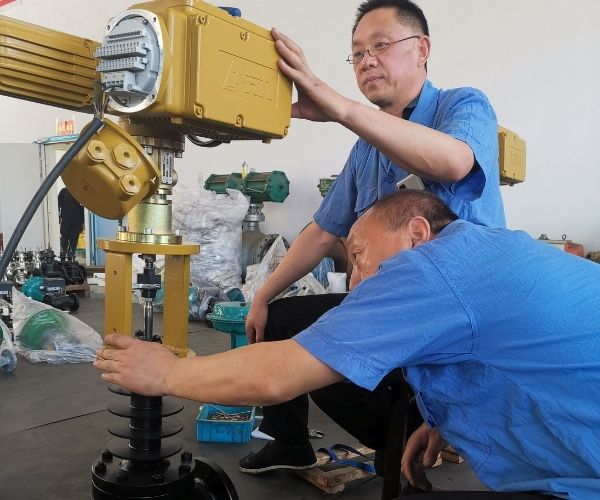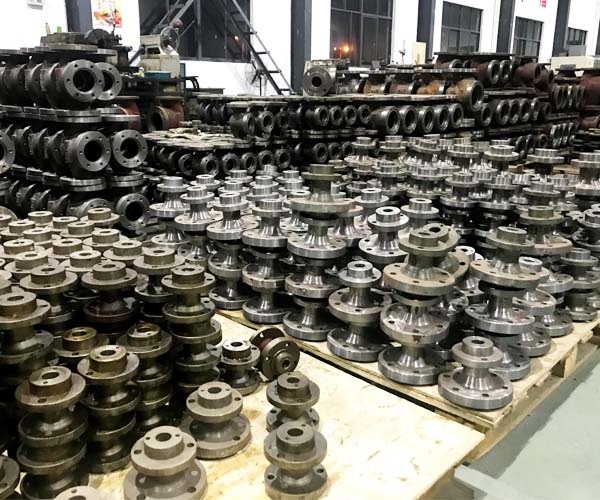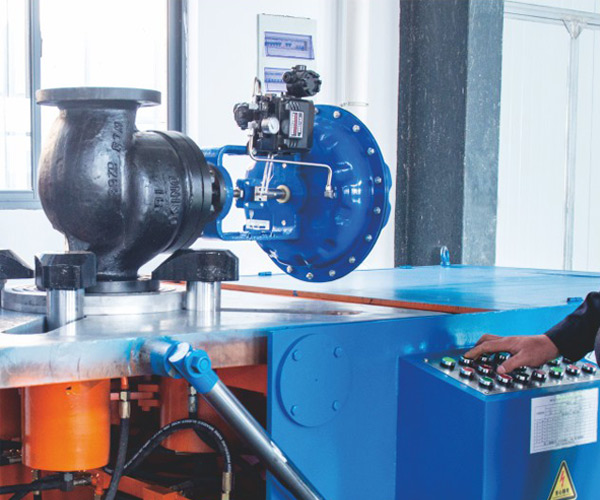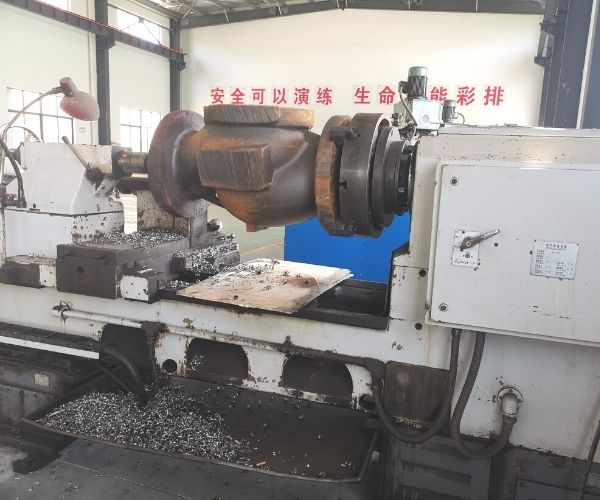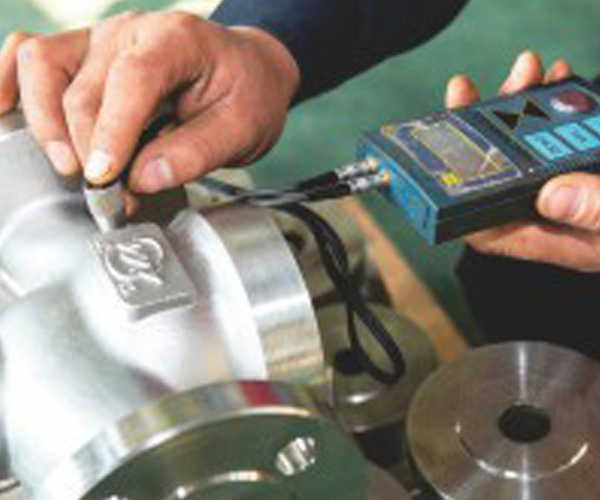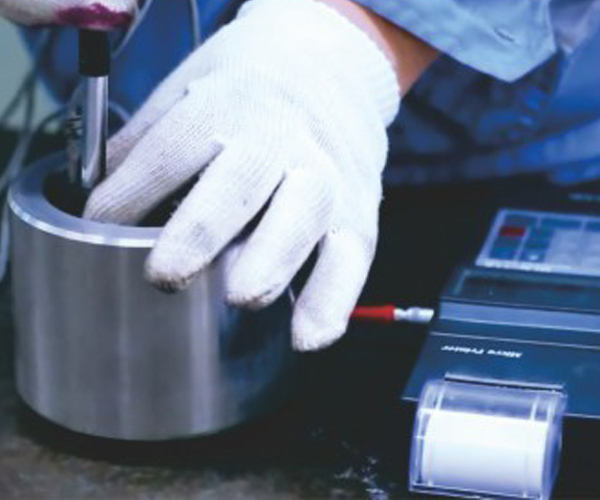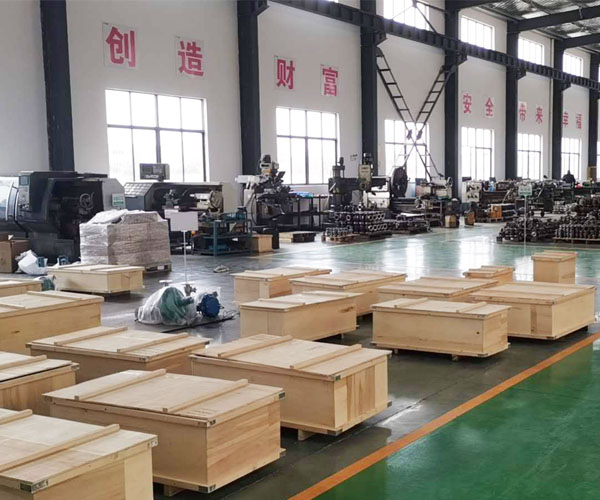Professional Power Plant Valve Manufacturer
The demand for energy is increasing in the context of climate change and the need to find better renewable and less harmful resources. These manufacturers in the power plant industry seek process equipment to increase power generation efficiency and maximize energy performance.
Get in Touch with Us
BCST your Expert Power Plant Valve Supplier in China
A single power plant uses hundreds of valves to control nearly every aspect of its operation. Valves are used for pollution control, feed water, cooling water, chemical treatment, bottom ash, and steam turbine control system. They work in harsh environments and are exposed to various chemicals, abrasive materials, and high temperatures. Nevertheless, they are critical in optimizing efficiency, and they are often the final control element in the operation of a power plant.
BCST your One-Stop Power Plant Valve Solution in China
Additional demands are being placed on valves as power plants are forced to be more flexible to accommodate the growth of intermittent renewable power sources and mandates to curb carbon emissions. As a result, valves must operate at higher pressures, temperatures, and frequencies.
Power Plant Control Valve
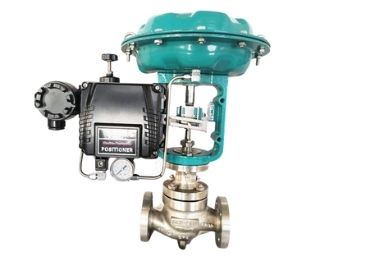
Power Plant Control Valve
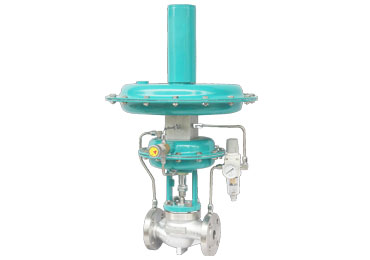
Power Plant Self Regulating Control Valve
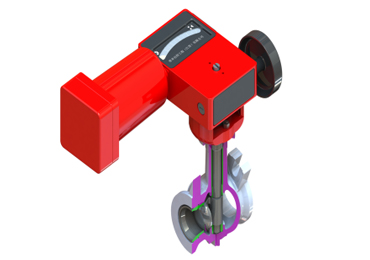
Power Plant Rotary Valve
Power Plant Butterfly Valve
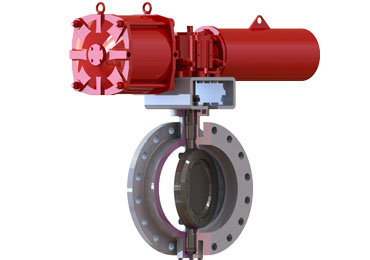
Power pPlant Triple Offset Butterfly Valve
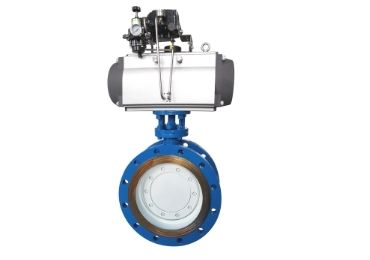
Power Plant Metal Seal Butterfly Valve
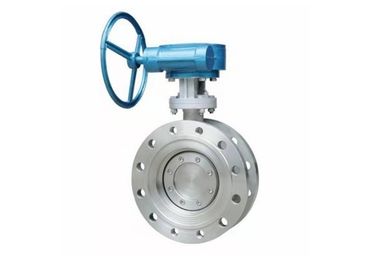
Power Plant Butterfly Valve
Power Plant Ball Valve
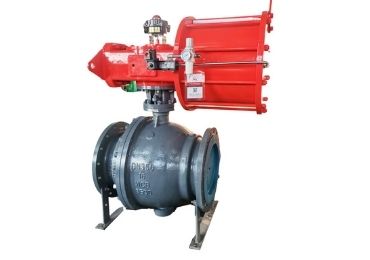
Power Plant Trunnion Mounted Ball Valve
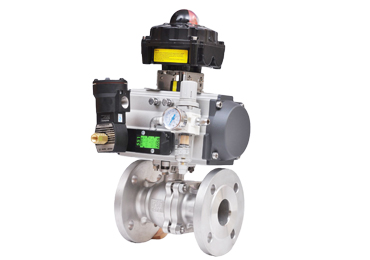
Power Plant Float Ball Valve
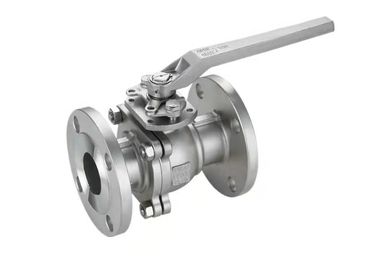
Power Plant Manual Ball Valve
Power Plant Gate Valve
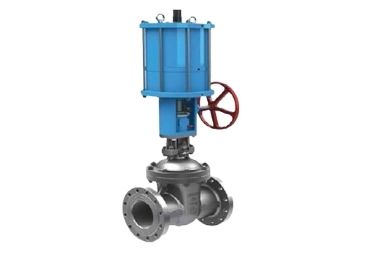
Power Plant Pneumatic Gate Valve

Power Plant Electric Gate Valve
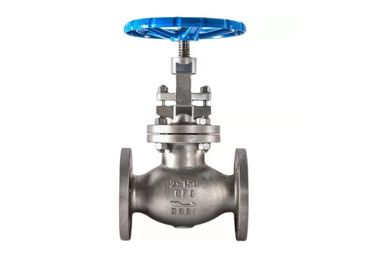
Power Plant Manual Gate Valve
BCST your BEST Supplier for Power Plant Valve
Although the basic technology for most valves has remained unchanged, innovative applications and design modifications are being developed to withstand these demanding environments. In addition, these improvements can reduce costs by supporting the control valve’s ability to throttle accurately, thereby providing better performance for high-pressure steam bypass, turbine bypass, and other critical power plant operations.
The energy production depends heavily on the valves. The valves used in power plants are usually very diverse, as each performs a different role. In a typical thermal power plant configuration, valves used in power plants may include:
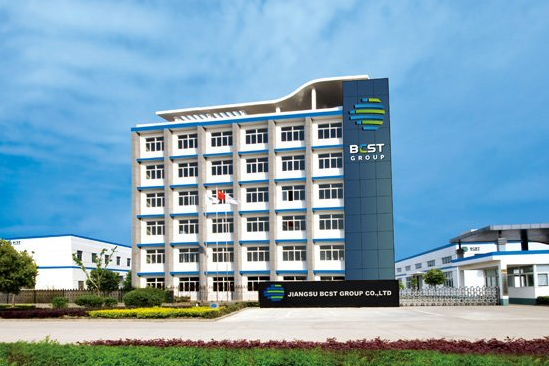
BCST Power Plant Valve Quality Control
- Technical software caculation
- Technical team meeting
- CAD drawing confirmation
Assembly
- Installation
- Calibration
- Chemical Analysis
- Mechanical Propery
- dimension Checks
- Visual Checks
- Non-destruction Examination
Hydrostatic Test
- Shell test
- Sealing test
- Leakage test
- Air test
- Function test
- CNC machining
- Visual checks
- Dimensional checks
- Liquid penetration test
Outlook Treatment
- Surface Polish
- Painting
- Visual inspection
- Thickness checks
- Visual checks
- Liquid penetration
- Test
- Hardness test
- Lapping
- Dimensional checks
Packing
- Marking
- Exported wooden box
Get the Latest Catalogue Now!
Why Purchase Control Valve From BCST
BCST control valve has composed of a pneumatic diaphragm actuator or piston actuator; there are three types of the valve seat.
- One is P style low flow resistance straight single-seat valve,
- Another is low resistance sleeve valve
- Thirdy, N-type low resistance double-seat valve.
Among them, single-seat control valves are the most popular.
Whether it is a low resistance single-seat valve or sleeve valve, they have a simple and compact structure and high flow coefficient.
Control valve bodies adopt straight single-seat and the upper guiding structure without bottom cover, and the feature makes control valve small volume, lightweight, fluent runner and high efficient.
The connection of body and pipe adopts male and female flange, which adapts different nominal diameters. The control valve body is classified into ordinary and middle temperatures for different working temperatures. Plug type of single-seat valve is on oriented piston valve. The plug type of sleeve valve is the cylinder, which is guided by the inner cylinder and a particular characteristic hole on the sleeve after precision finishing.
BCST control valves have accurate flow characteristics and conform to national regulation IEC standard and slope deviation requirements.
The standard filling material is PTFE, but flexible graphite can also be used according to field usage.
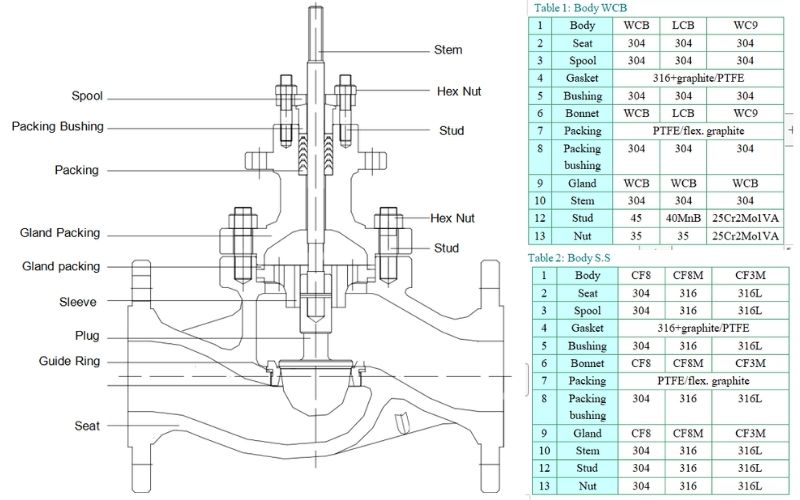
Type Method | Pneumatic diaphragm actuator | Electric actuator |
JCH23~JCH56 | 3810L series | |
Multi-spring type | Intelligent integrated type | |
Usage | Regulating type, ON-OFF type | Regulating |
Air supply pressure or Power supply voltage | Air supply pressure (Spring range) 140(20~100)Kpa G 240 (40~200) Kpa G 280 (80~240) Kpa G |
Power: AC 200V±10% 50Hz Or Power: AC 380V±10% 50Hz○1 |
Connector | Air pipe connector: RC1/4 | Nomal type: cable inlet 2-PF(G1/2〞) Explosive proof: Protection jacket PF(G3/4〞) |
Direct action | Pressure increase, stem descend, valve close. | Input signal increase, stem descend, valve close. |
Reaction | Pressure increase, stem ascend, valve open. | Input signal increase, stem ascend, valve open. |
Input signal | 40~20mA.DC(with positioner) | Input/output4~20mA.DC |
Lag | ≤1%FS(with positioner) | ≤0.8%FS |
Linear type | 2%FS(with positioner) | ≤+1%FS |
Environmental temperature |
-10℃~+70℃ | Standard type: -10℃~+60℃ With space heater○1 : -35℃~+60℃ Explosive proof: -10℃~+40℃ |
Surface coating | Green, acrylic acid polyurethane coating | Blue, acrylic acid polyurethane coating |
Accessories | E/P, P/P valve positioner, filter regulator, valve converter, solenoid valve, limited switch | Space hearter (normal type) |
Flow characteristic | Linear, percentage, quick open | ||
Allowable range | 50: 1 (CV<6.3 30: 1) | ||
Rated Cv value | Percentage CV1.6~630 ,linear CV1.8~690 | ||
Allowable leakage | Metal seal: IV grade(0.01% rated capacity) Soft seal: VI grade(foam grade) Leakage standard: GB/T 4213 | ||
Performance |
| Pneumatic | Electric |
Intrinsic error % | ±1.5 | ±1.0 | |
Return difference, % | ≤1.5 | ≤1.0 | |
Dead zone, % | ≤0.6 | ≤1.0 | |
Difference from beginning to end point, % | ±2.5 | ±2.5 | |
Rated travel difference, % | ≤2.5 | ||
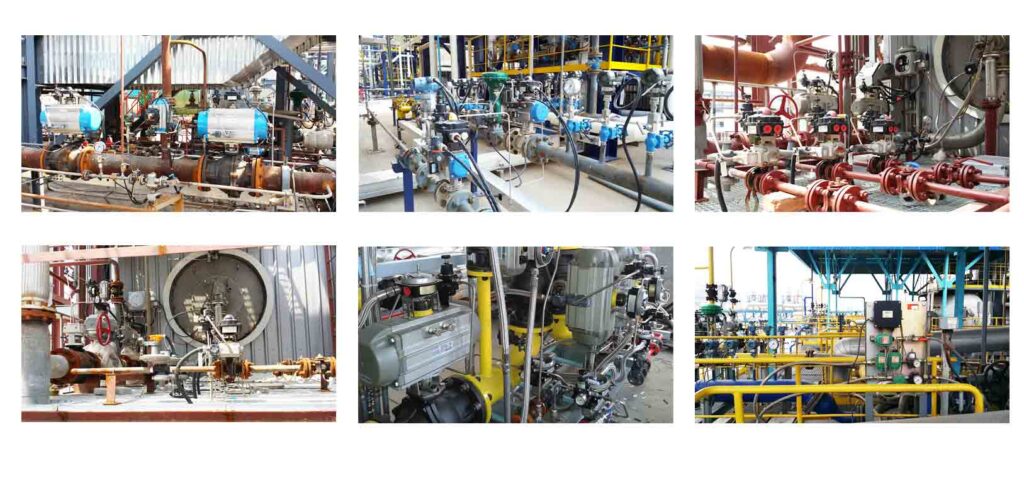
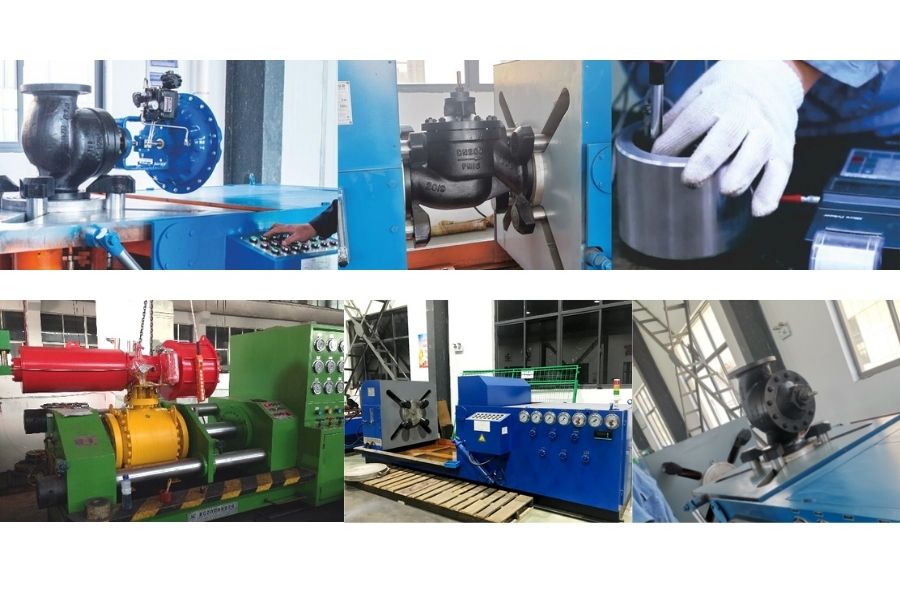
Control Valve -FAQ
1.What is Control Valve Actuator?
An actuator is an assembly fitted to the control valve to supply energy for the transfer of fluid elements, the plug, ball valve, or vane. The control valve operation consists of positioning those elements relative to the desk-bound seat of the valve. Therefore, control valves need actuators to operate.
The valve actuator performs a critical function. First, circulate the elements to a system required with the aid of using the control valve and default positioning at the same time as there’s no pressure energy available. Next, the actuator accepts a sign from the control device and, in response, moves the valve to a completely open or completely-closed or extra excellent closed function.
There are three actuators for control valves; pneumatic, electrical, and hydraulic.
Pneumatic actuators
Pneumatic actuators are the maximum substantially used approach of actuation. They can deliver crucial forces with an adequate journey speed for optimum programs. They provide fail-steady responses to pressure electricity loss by including spring devices in the design. They are inherently stable towards explosion hazards, and widespread strategies include a piston, diaphragm, or rotary vane types.
Advantages
- High pressure and pace of motion.
- High durability.
- Reliability
- Safe technology.
- Inexpensive.
Electric actuator
The electric actuator uses a motorized electric motor and a gears reduction power to transport the valve into linear or rotary excursions. They may be used for on-off applications for huge isolating valves. They additionally offer non-stop positioning control with the aid of using providing position feedback to a controller imparting variable pace reversible power action. They are broadly carried out in the energy generation industry, water supply/treatment plants, pharmaceutical, etc.
Advantages
- Accurate control and positioning.
- Able to prevent at any point of the stroke.
- Easy to set acceleration and deceleration.
- No outside sensors.
- Low working costs.
- Excellent performance at a high speed.
- Maintenance friendly.
- Low hazard of contamination.
Hydraulic actuators
Hydraulic actuators use liquid pressure to transport the valve mechanism. Almost all hydraulics actuators use a piston in preference to a diaphragm to transform fluid pressure into mechanical pressure. Hydraulic actuators generate significant mechanical power because they’re utilized in huge isolating valves on gas pipelines. In addition, they showcase very strong positioning because of the non-compressibility of hydraulic oil. Some actuator designs integrate hydraulic and electric powered strength.
Advantages
- Infinitely variable control of equipment ratio in a huge variety and a possibility to create the big reduction ratio.
- Small precise weight.
- Simple and reliable protection of the engines from overloads.
- Slight sluggishness of the rotating parts.
- The simplicity of transformation of rotary motion into reciprocating one.
- The possibility of positioning a hydraulic device on removal from a power source.
Control valve actuator specialists BCST Group manufacture, stock, and export exceptional BCST control valve actuators with a selection of various types available to fit your industry needs. A variety of accessories completely supports all products. To learn more about BCST Group services and to buy online, you may email us at [email protected] in case you want further help together along with your application or desire to carry an immediate purchase.


